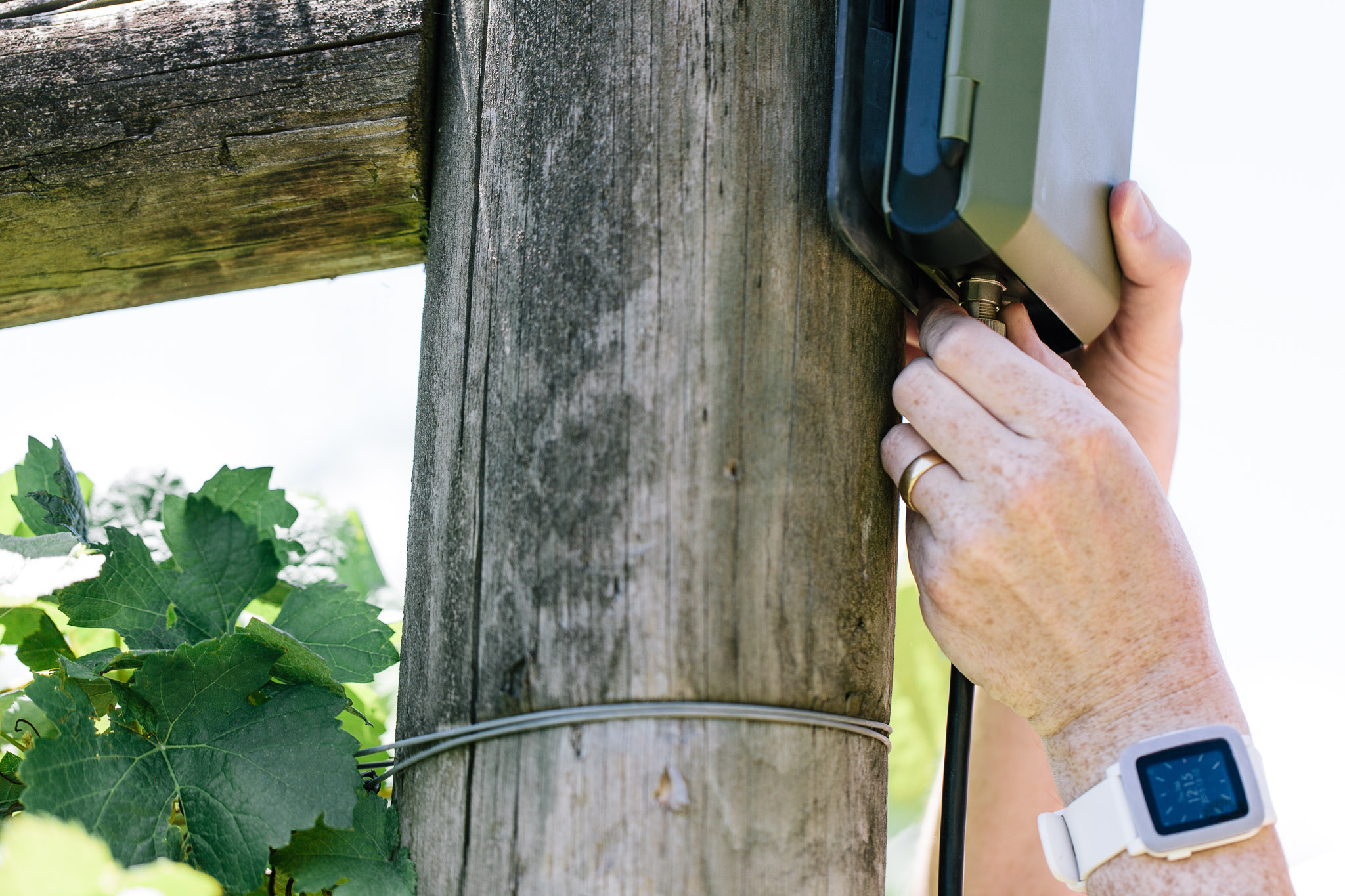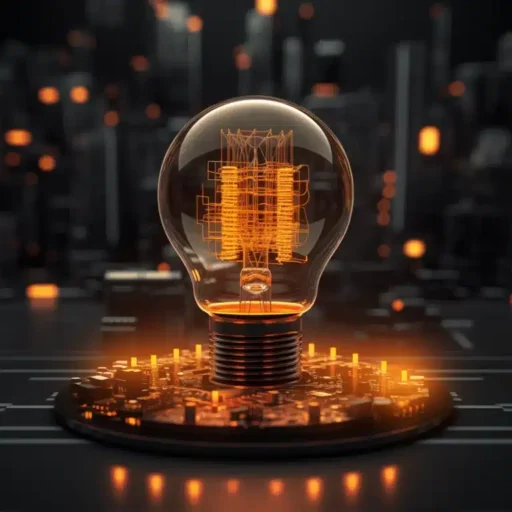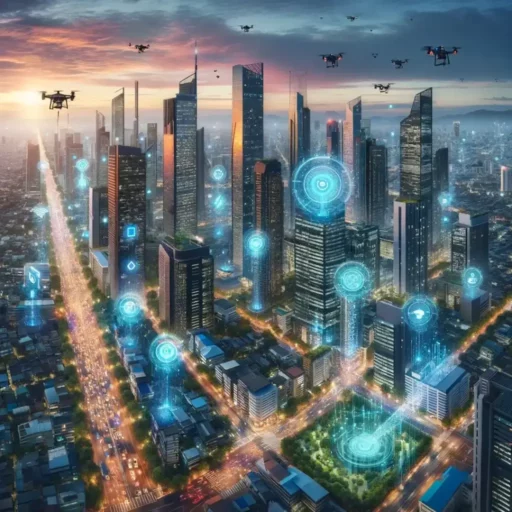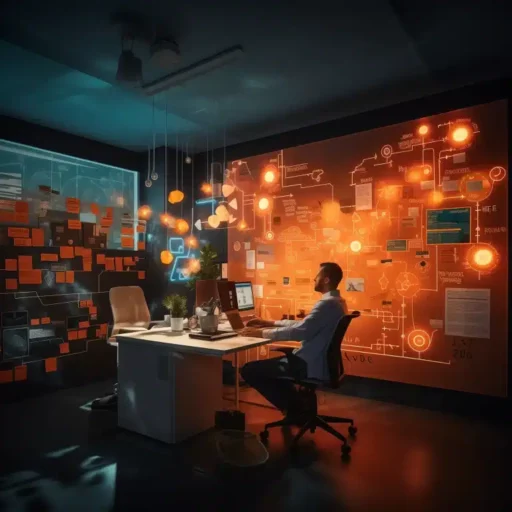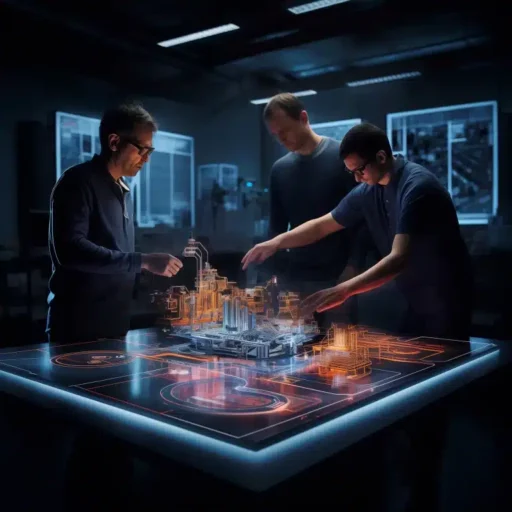
How IoT is Impacting Our Environment

Over the years at Procept, we’ve come across many IoT projects with the potential to make a positive impact on the environment. One recent example is a project we worked on called Biophony. This was a government funded initiative to develop IoT environmental monitoring tools and technology that could reduce the use of chemicals in agriculture. Specifically, Biophony enables farmers to understand the range of species that exist on their land so they can make better decisions on how to treat and maintain a healthy ecosystem.
Since this project, the world of IoT has grown significantly, and where the environment is involved, 4 distinct categories have emerged where IoT can play an important role.
1. Smart Farming:
The Food and Agriculture Organisation (FAO) predicts that by 2050 the world’s population will reach 9.6 billion. This growth will create immense challenges for the agricultural sector as it tries to keep up with food production demand.
IoT products can help by automating elements of agricultural production to make it more efficient, whilst maintaining quality. Most of these solutions occur in the monitoring and control of resources vital to food production, dam levels, irrigation control, soil moisture to name a few. With so many factors to manage and limited time to do it, a truly smart farm would integrate all this information and data into one view for a farmer so they spend less time checking levels and more time planning and growing their business. This is the challenge and opportunity that lies ahead for IoT in Smart Farming.
2. Smart Homes:
Smart homes have the potential to support more sustainable living by enabling communication between appliances and devices as well as remote control of any room in the residence. A truly smart, connected home can independently analyse and respond to real-time needs for heating, water, power and other resources, in addition to identifying waste and preventing spillage.
One example of IoT product development in smart homes is a smart thermostat. These programmable digital heating systems allow residents to control the temperature of their home, reducing energy consumption and saving money. Whilst this sounds alot like a normal thermostat, connecting it to the internet allows access to its data so the system can learn usage patterns for greater efficiency.
3. Environmental Sensors:
The Internet of Things gives promise to finding optimal solutions for environmental problems, such as air quality monitoring. This is an issue attracting more and more attention in countries with growing economies. Environmental sensors can track radiation, hazardous airborne chemicals and other environmental indicators. Connected together and interacting with weather stations can provide real-time monitoring and alerts on air quality for consumers and governments.
4. Waste Reduction:
IoT technology has also made its way into the food industry in an effort to decrease waste. This is getting attention due to the fact that food waste costs the Australian economy approximately $20 billion each year. Recent examples include IoT sensors that monitor fruit respiration rates and level of freshness so the product can be packaged in accordance with these factors. Also, the expiry date can be customised at the point of packaging, extending shelf life and reducing food waste.
Sentry, an IoT project we worked on uses real-time refrigeration monitoring to help prevent stock reduction for commercial refrigeration systems in supermarkets and larger stores, ultimately saving mass wastage from refrigeration error and saving time and costs for businesses to ensure they are compliant with regulations.
IoT has a bright future in addressing important environmental issues. The ability to capture and harness multiple sources of data is a great strength and we expect the 4 categories mentioned above to continue to grow in their value and usefulness.

Hi, we’re the award-winning engineering team at Procept.
We live and breath product development. Since 2006, our vision has been to make a positive difference through the application of the latest technologies to solve real-world problems and improve people’s lives.
Learn more about our product development services, engineering services, or joining our engineering team. To work with us on your next product development project, contact our team.
Let’s innovate!
